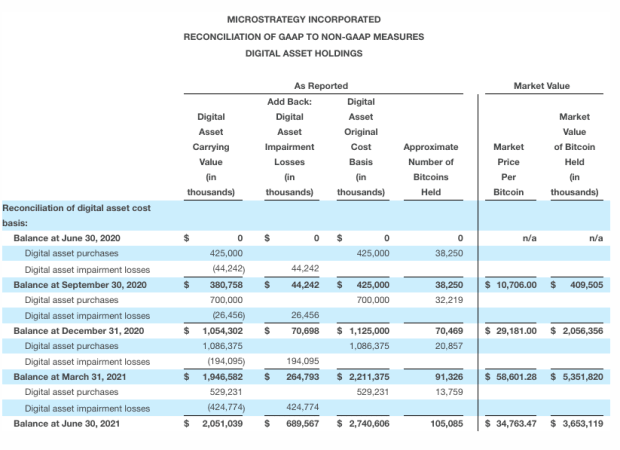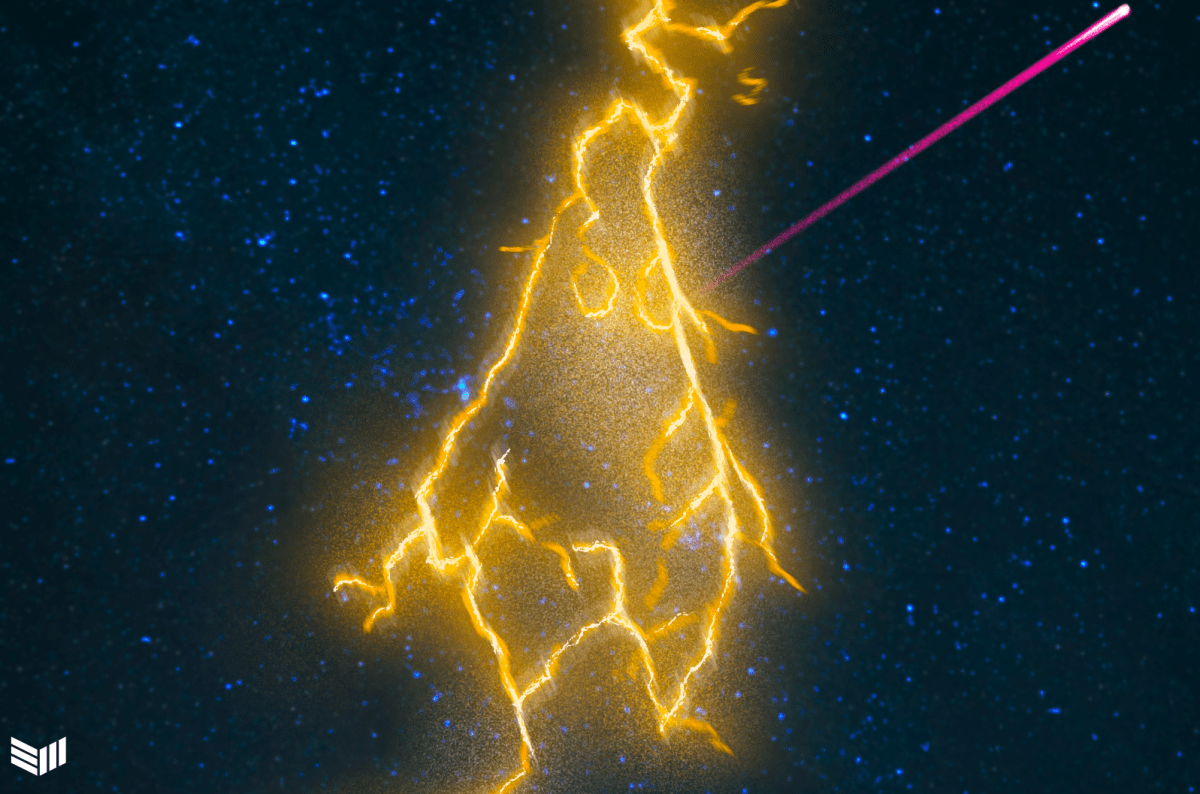Breaking Down Dirty Coin: The Documentary That Shatters Bitcoin Mining Myths
Bitcoin mining has long been embroiled in controversy. From Greenpeace’s high-profile “Change the Code, Not the Climate” campaign to Alex DeVries’ exaggerated claims about Bitcoin’s growing “water footprint,” the media often portrays Bitcoin mining as an environmental disaster in the making. For the general public, who are genuinely concerned about environmental preservation but lack in-depth knowledge of Bitcoin mining, these narratives are alarming. As a relatively young and seemingly complex industry, much of this misleading negative publicity sticks, while the significant societal benefits of Bitcoin mining are often ignored. This persistent fud has fueled a political crusade against Bitcoin mining, drawing in figures like Senator Elizabeth Warren, New York Governor Kathy Hochul, and even the European Central Bank (ECB). Senator Warren has labeled Bitcoin mining a national security threat, Governor Hochul signed a law in 2022 banning mining operations that rely on carbon-based power, and the ECB recently described Bitcoin as an “unproductive, energy-intensive technology that lacks social value and presents an obstacle to the EU’s climate goals.”

Bitcoin mining not only faces a branding problem but is also at risk of being regulated out of existence. With stakes this high, it is crucial to counter these misconceptions with truth in a way that the average person can understand. Enter Dirty Coin (DC), a compelling and award-winning documentary by Alana Mediavilla. I recently watched this documentary and was struck by its thorough research and its balanced portrayal of Bitcoin mining. It not only debunks the pervasive myths but also highlights the humanitarian impact of Bitcoin mining in both developed and emerging markets.
Are Environmentalists Wrong About Bitcoin Mining?
One of the documentary’s key points is that Bitcoin mining can actually incentivize the development of renewable energy projects. By providing a consistent demand for electricity, mining operations can help make renewable energy projects financially viable in areas that would otherwise struggle to support them. The film takes viewers on a global journey, showcasing Bitcoin mining operations that do everything from incentivizing the build-up of micro-grids to utilizing stranded energy from landfills that emit significant amounts of methane gas.
Perhaps the most inspiring revelation in DC is how Bitcoin mining is empowering underprivileged communities worldwide. In Malawi, for example, a small community is using surplus hydroelectric power to mine Bitcoin, providing a stable source of income and helping to secure their financial future. These socio-economic benefits of Bitcoin mining are conveniently ignored by critics who view everything through the lens of “orange coin bad.”
By highlighting these success stories, DC demonstrates that Bitcoin mining is not just about making money—it’s about leveraging technology to drive real-world change and improve lives. From the outset, the hidden realities of Bitcoin mining are explored in a comprehensible format for a non-technical audience. The documentary skillfully weaves together interviews with energy experts, environmental activists, government officials, and miners to present a nuanced and balanced view of the industry.
The film doesn’t shy away from addressing controversies surrounding the perceived significant carbon footprint of Bitcoin mining. It delves into the ongoing tug-of-war between New York-based Bitcoin miner Greenidge Generation (GG) and Sierra Club-supported environmentalists who are trying to shut down the company’s Seneca Lake plant. As DC explores this standoff in depth, it becomes clear that the staunch opposition to GG’s mining operation is rooted in misinformation that has been repeatedly debunked. When such controversies remain unchallenged, they create an environment conducive to executive actions like those implemented by Governor Hochul, which in turn fuel hostility toward the entire industry. The documentary also exposes the hypocrisy of the banking industry, which publicly criticizes Bitcoin as a tool for criminals while simultaneously serving ghouls like Jeffrey Epstein.

Debunking Myths About Bitcoin Mining
One of the most impressive aspects of DC is its ability to set the record straight on several persistent myths about Bitcoin mining.
- Bitcoin Mining is Environmentally Destructive
DC directly confronts the widespread belief that Bitcoin mining is an energy-guzzling, environmentally damaging practice. It emphasizes the fact that a significant portion of Bitcoin mining operations utilize renewable energy sources that range from geothermal to hydro. Furthermore, by showcasing facilities that convert stranded energy, including methane from landfills, into electricity for mining, the documentary illustrates how mining actually mitigates environmental harm rather than exacerbating it. - Bitcoin Mining Contributes to Grid Instability
DC counters the belief that Bitcoin mining destabilizes electrical grids. Instead, it highlights how mining can incentivize the development of micro-grids and provide a buffer for energy supply, thereby enhancing grid stability. This is particularly relevant in regions where excess energy is available but underutilized. - Bitcoin Has No Real-World Benefits
DC also addresses the misconception that Bitcoin lacks real-world applications. In fact this is one of the worst takes that is the foundation of a lot of attacks against mining Bitcoin. After all, why should anyone be allowed to use more electricity than Sweden to mine magic internet money right? How dare they! By highlighting stories of communities benefiting from mining operations, the film illustrates how Bitcoin can provide financial opportunities and support local economies. Overall, DC presents a nuanced perspective on Bitcoin mining, encouraging viewers to reconsider their assumptions and recognize the potential for positive environmental and social impacts.

Final Thoughts
Whether you’re a long-time Bitcoin enthusiast or a skeptic, DC is a must-see documentary. It offers a balanced, insightful perspective on a complex issue and leaves you with a renewed appreciation for Bitcoin’s potential. Alana Mediavilla’s thoughtful approach and in-depth research make this film compelling for anyone interested in Bitcoin, environmental issues, or the intersection of technology and society. While it doesn’t shy away from the industry’s challenges, it also offers hope that with continued innovation, Bitcoin mining could help usher in a future of energy abundance for humanity.
This is a guest post by Kudzai Kutukwa. Opinions expressed are entirely their own and do not necessarily reflect those of BTC Inc or Bitcoin Magazine.









